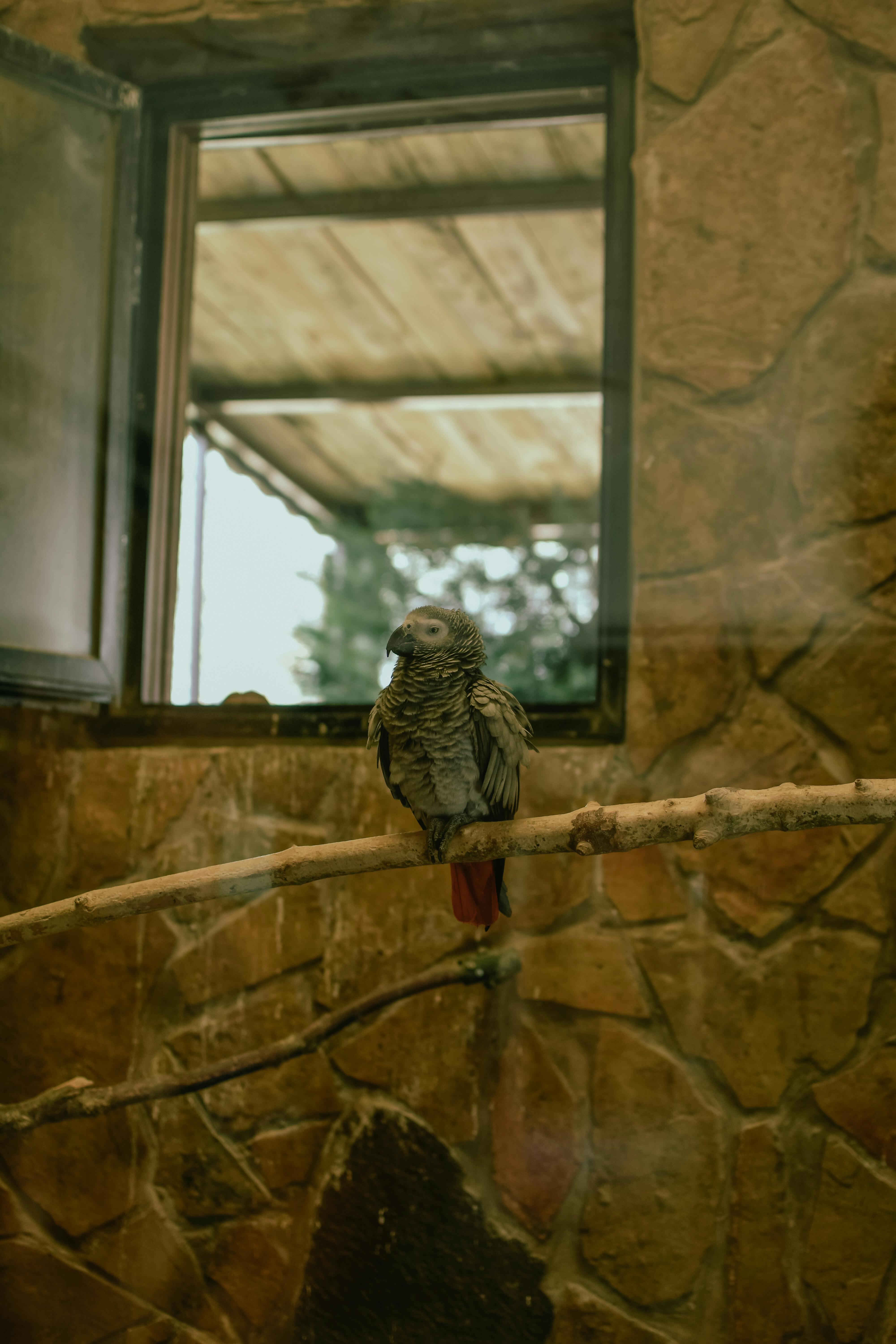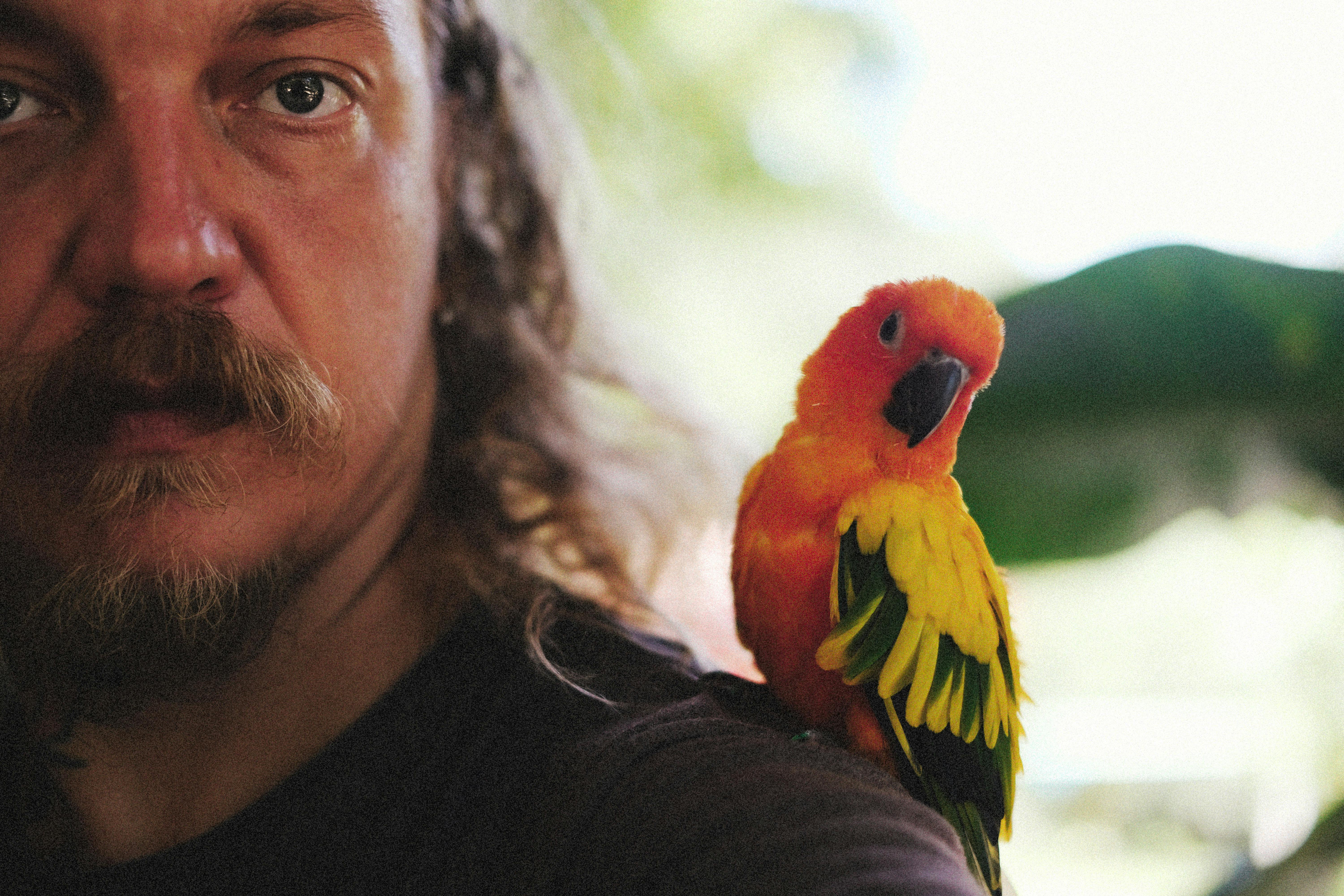
Smart Guide to Choosing Aquascape Pond Kits for 2025
Creating a beautiful backyard water feature can be a fulfilling endeavor, especially when using an aquascape pond kit. Aquascaping is more than just putting plants and fish in water; it’s about creating a harmonious ecosystem that serves aesthetic and practical purposes. With the numerous options available for 2025, selecting the right aquascape pond kit can significantly enhance your outdoor space and provide a sustainable habitat for aquatic life.
This guide aims to simplify your decision-making process. We will explore various essential aspects such as different types of pond kits, key pond maintenance tools, and tips for plants and fish selection. By the end, you will gain insights into the best practices for maintaining a thriving and beautiful pond ecosystem.
Let’s dive into the wonderful world of aquascaping, focusing on how to effectively choose and set up your pond kit.
Essential Features of Aquascape Pond Kits
When selecting an aquascape pond kit, it’s crucial to consider specific features that cater to both aesthetic and functional aspects of your pond. These features will determine how successful your pond will be in establishing a healthy aquatic ecosystem.
Types of Aquascape Pond Kits
A variety of aquascape pond kits are available in the market, ranging from small DIY kits for beginners to complex setups for experienced aquarists. Each kit usually includes essential components like a pond liner, filtration systems, and sometimes even decorative elements. Depending on your budget and experience level, you can find:
- Small DIY kits: Ideal for those new to pond creation.
- Complete installation kits: Often come with everything needed for a standard pond setup.
- Customizable systems: Allow you to tailor your pond's design to fit your specific needs.
Pond Filtration Systems
An efficient pond filtration system is key to maintaining clear water and a healthy environment for your aquatic plants and fish. Look for aquascape kits that include:
- Mechanical filters: Help remove debris.
- Biological filters: Aid in breaking down harmful chemicals.
- UV clarifiers: Combat algae growth effectively.
Pond Aeration Systems
Oxygen levels in your pond are critical for the survival of fish and plants. Many aquascape kits incorporate aeration systems that keep water moving and oxygenated. Features to consider are:
- Air pumps that can be adjusted based on the pond size.
- Aeration stones that increase the water surface area for oxygen exchange.
- Automated systems for consistent oxygen supply.
Water Plants and Aquatic Flora
Choosing the right aquatic plants for your pond can enhance both its beauty and ecological balance. Look for kits that provide a variety of native and tropical plants suited for your climate. Additionally, consider:
- Plants that offer shelter for fish.
- Drought-resistant varieties for sustainability.
- Oxygenating plants that help maintain water quality.
Pond Layout Design Considerations
Designing your pond's layout is crucial for both functionality and aesthetic appeal. Aquascape kits often include layout options that promote biodiversity while ensuring ease of access. Think about:
- Incorporating different depths for varied fish habitats.
- Creating zones for different types of plants and fish.
- Design elements such as rocks and waterfalls to create a natural look.
Decorative Pond Additions
Enhancing the visual appeal of your pond can be accomplished by adding decorative features. Many aquascape kits come with accessories such as:
- Fountains that provide beauty and water movement.
- Lighting options to showcase your pond at night.
- Statues or fish-friendly decorations to create focal points.
Maintaining Your Aquascape Pond Ecosystem
Once your aquascape pond is established, maintaining its health is essential for longevity and aesthetics. Implementing a regular maintenance schedule will help ensure that your pond continues to thrive.
Pond Cleaning Equipment
Keeping your pond clean is crucial for the health of its inhabitants. Invest in essential pond cleaning equipment such as:
- Pond vacuums: Help remove sludge and debris.
- Skimmers: Efficiently remove floating debris and leaves.
- Netting: To cover your pond and prevent leaf accumulation.
Water Quality Testing
Regular water quality testing is essential for maintaining a balanced ecosystem within your pond. Essential tests include monitoring:
- pH levels to ensure a suitable environment for fish.
- Ammonia and nitrate levels to protect fish health.
- Dissolved oxygen levels to maintain aquatic life.
Pond Water Treatment Solutions
To maintain water clarity and health, certain pond water treatments may be necessary, including:
- Beneficial bacteria supplements that help digest waste.
- Algaecides for controlling unwanted algae blooms.
- Natural clarifiers for improving water clarity without harm.
Seasonal Pond Care Tips
Seasonal changes can greatly affect your pond's ecosystem. Prepare your pond for each season by:
- Installing heating systems in colder months.
- Adding drought-resistant plants during dry spells.
- Implementing preventive measures against mosquito breeding in summer.
Fish Habitat Enhancements
The well-being of fish in your pond depends on the habitat you provide. Consider enhancements such as:
- Adding underwater structures for hiding spots.
- Incorporating varied water depths to accommodate different species.
- Utilizing aquatic plant species that serve as food sources.
Choosing the Right Pond Fish for Your Ecosystem
Selecting the right fish for your pond is critical for creating a balanced aquatic environment. Depending on your pond size and water conditions, different species may thrive better than others.
Understanding Pond Fish Species
It’s crucial to understand the specific requirements of each fish species you intend to introduce. Popular choices include:
- Koi: Known for their beauty and longevity but require considerable space and care.
- Goldfish: Hardy and vibrant, they adapt well to various conditions.
- Tropical fish: Need a controlled environment, making them ideal for indoor aquariums rather than outdoor ponds.
Fish Breeding Techniques
If you're interested in breeding fish, understanding their requirements is essential. Consider the following:
- Creating optimal spawning conditions through proper water temperature and pH.
- Providing secluded spots for fry to hide from predators.
- Utilizing artificial feeding solutions to aid in the development of young fish.
Environmental Impact of Fish Stocking
Overstocking your pond can lead to a range of issues including poor water quality and stressed fish. Ensure you consider:
- The ideal fish stocking rates for your pond size.
- Regular monitoring of fish health indicators.
- Maintaining balance between predator and prey species.
Fish Feeding Solutions
Proper nutrition is vital for fish health. Implement these feeding practices:
- Opt for high-quality fish food suitable for your particular species.
- Schedule feeding times to prevent overfeeding.
- Monitor fish behavior post-feeding for signs of distress or aggression.
Achieving Fish Comfort and Stress Reduction
Fish comfort is key to their health and longevity. Implementing strategies to reduce stress may include:
- Creating shaded areas with planting or decorations.
- Maintaining optimal water temperature and quality.
- Using species-compatible tank mates to avoid aggressive interactions.
Utilizing Aquascaping Supplies Effectively
For your aquascape pond to flourish, effectively utilizing a range of aquascaping supplies is essential. These tools and materials help not only in setup but also in ongoing maintenance.
Understanding Aquascaping Principles
To design a visually appealing pond, familiarize yourself with basic aquascaping principles, such as:
- Creating balance through the placement of plants and decorations.
- Using varying heights and colors to draw the eye.
- Incorporating pathways for better accessibility and aesthetics.
Water Feature Design Considerations
Incorporating creative water features can elevate your pond's look. Factors to consider include:
- Choosing between static and dynamic water movements.
- Selecting materials that harmonize with your garden’s overall design.
- Positioning features to enhance the natural lines of your pond.
Choosing Eco-Friendly Pond Management Solutions
Eco-friendly practices are vital for sustaining a healthy pond ecosystem. Explore options such as:
- Biofiltration systems that utilize natural processes to filter water.
- Native plant varieties that require less maintenance and support local wildlife.
- Reducing chemical fertilizers in favor of organic alternatives.
Managing Pond Ecosystem Health
Maintaining a healthy pond ecosystem involves monitoring and managing various factors, including:
- Regular assessments of aquatic biodiversity.
- Implementing practices to enhance habitat diversity.
- Using technological advancements for effective monitoring.
Enhancing Aesthetics with Aquatic Architecture
Pond aesthetics can significantly impact the overall enjoyment of your outdoor space. Consider integrating:
- Strategically placed lighting to illuminate features and enhance nighttime views.
- Creative structures that serve both aesthetic and functional roles.
- Texture and color variations that complement native surroundings.
Conclusion: Crafting Your Ideal Aquascape Pond
Choosing the right aquascape pond kit and understanding its components is crucial to creating a thriving aquatic ecosystem. From selecting the appropriate plants and fish to implementing effective maintenance strategies, every decision plays a role in the success of your pond. With the knowledge gained from this guide, you’re now equipped to create a beautiful and sustainable backyard pond that enhances your outdoor environment.
Expect to enjoy not just the aesthetic appeal of your pond but also the fulfilling experience of nurturing a diverse aquatic habitat. Enhancing your backyard with an aquascaped pond is a step towards a greener, more eco-friendly lifestyle.
 example.com/image2.png
example.com/image2.png
 example.com/image3.png
example.com/image3.png